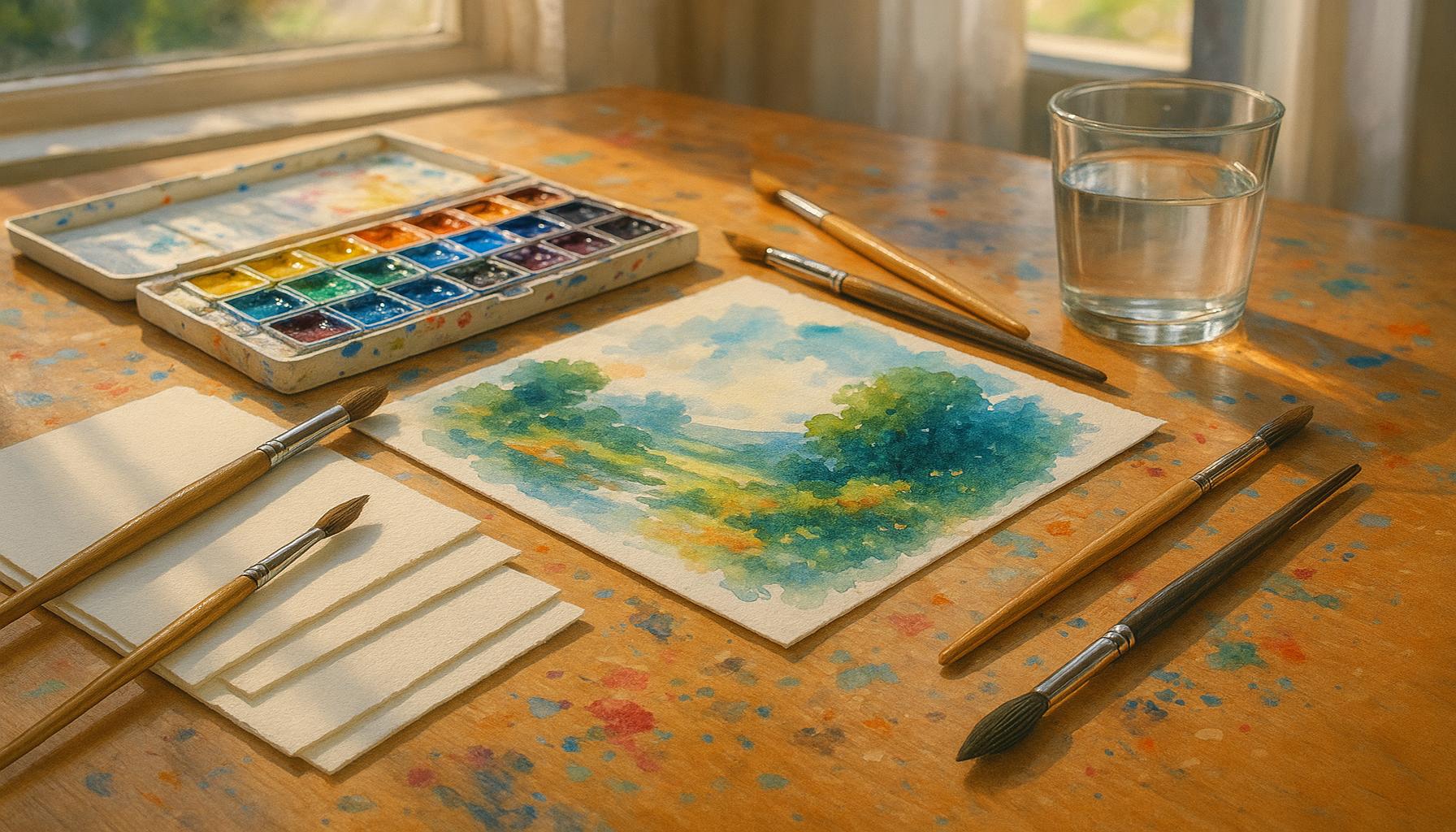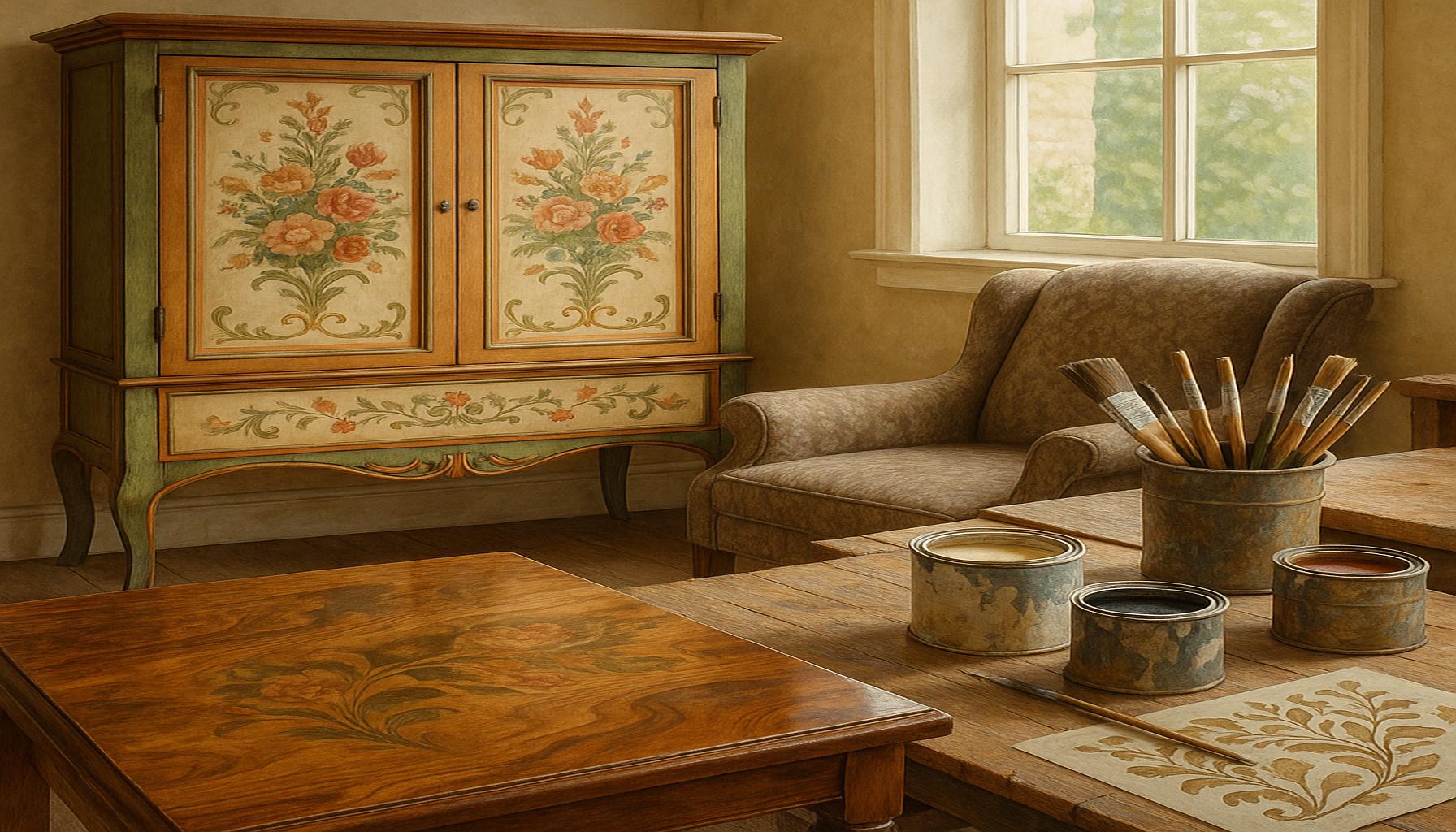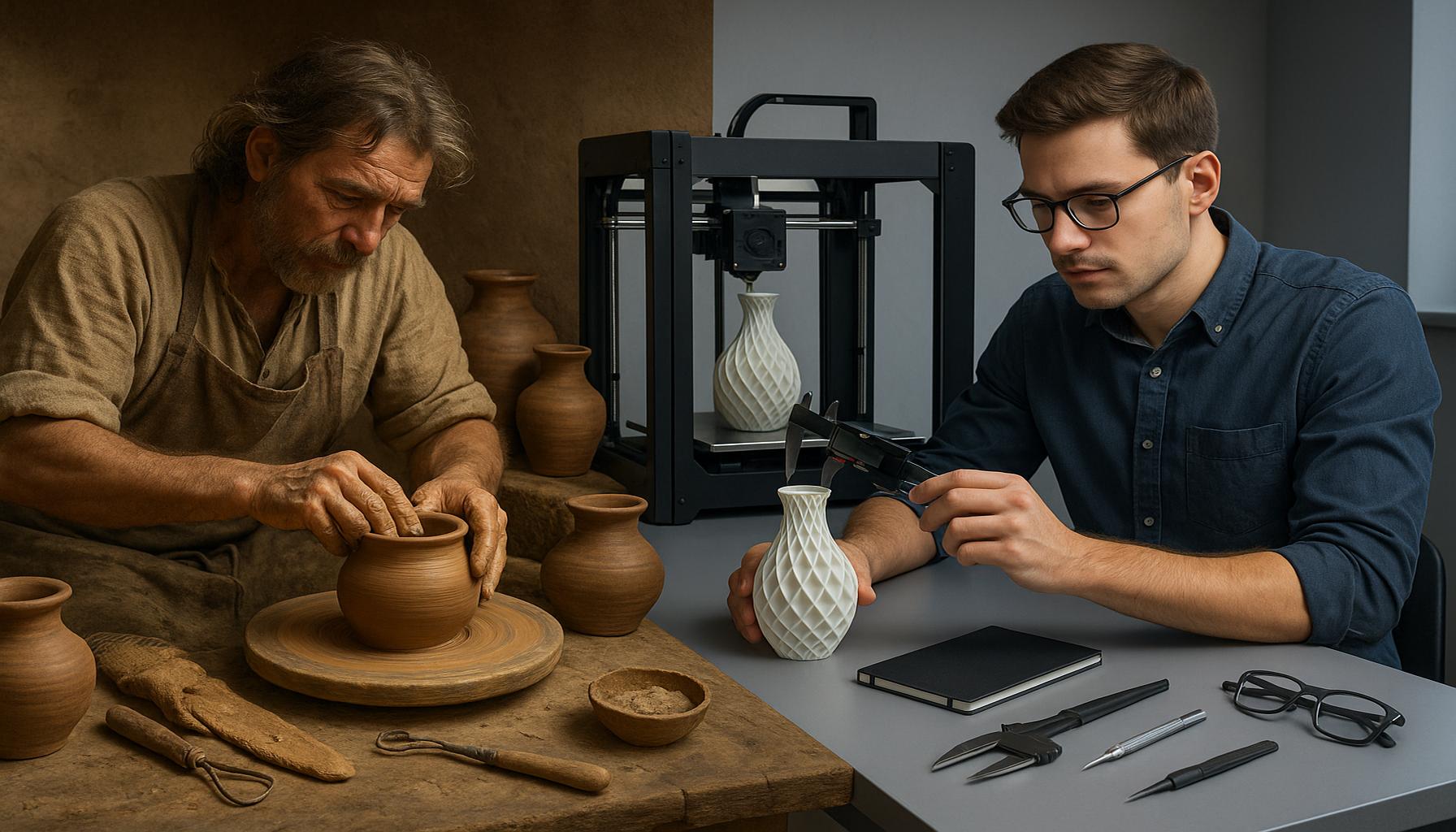The Magic of Watercolor Painting: Exploring Techniques and Styles for Beginners

The Unique Allure of Watercolor Painting
Watercolor painting has a distinctive charm that draws artists into its vibrant world. The translucent colors blend seamlessly, creating effects that can range from ethereal washes to striking contrasts. This versatility allows for a personal expression that resonates with artists of every skill level, making it a favored medium for both novices and seasoned professionals. Understanding the fundamental methods and styles of watercolor can transform an ordinary canvas into an extraordinary masterpiece.
Exploring Essential Techniques
One of the key aspects of watercolor painting is the variety of techniques available to artists. Each technique offers unique possibilities:
- Wet-on-wet: This technique involves applying wet paint onto a wet surface, allowing colors to flow and blend naturally. It is ideal for creating soft backgrounds or atmospheric effects.
- Dry brush: By applying dry paint with a brush that has very little water, artists can create texture and sharp details, perfect for adding intricate elements to a piece.
- Glazing: This involves layering transparent washes over dried paint. It adds depth and subtle variation in color, enriching the overall composition.
Diverse Styles to Cater to Personal Preferences
Watercolor can be rendered in numerous styles, accommodating every artistic taste. For those who enjoy loose, abstract forms, the medium allows for exploration of spontaneous brush strokes and experimental uses of color. In contrast, artists pursuing detailed realism can achieve remarkable precision, capturing fine details that mirror their subjects closely. This diversity is one of the reasons watercolor is embraced by so many artists—there’s a style for everyone.
Accessible Materials and Supplies
The materials required for watercolor painting are minimal compared to other art forms, making it an inviting choice for newcomers. A basic setup includes a palette, brushes, watercolor paper, and a set of paints. High-quality watercolor sets are available at various price points, allowing aspiring artists to find options that suit their budget. This accessibility encourages experimentation, enabling individuals to dive right into creating their art.
The Importance of Techniques and Theories
As you embark on your watercolor journey, it is essential to explore various techniques that enhance your skills. Learning to manipulate the water-to-pigment ratio will be fundamental in achieving the desired depth and vibrancy in your artwork. Additionally, a solid understanding of color theory can significantly impact the effectiveness of your compositions. Knowing how to mix and harmonize colors will enable you to create visually stunning pieces that capture your artistic vision.
This guide will navigate you through the fascinating world of watercolor painting, detailing essential techniques and styles that cater specifically to beginners. As you grasp these fundamental concepts, you’ll be well on your way to unlocking the potential for personal creativity and artistry. Prepare to unleash your inner artist and embark on an enriching creative journey that celebrates the enchanting medium of watercolor!
DISCOVER MORE: Click here to learn about the emotional benefits of photography
Embarking on Your Artistic Journey
Watercolor painting, often celebrated for its fluidity and expressiveness, invites beginners to engage with a variety of methods that can transform simple strokes into mesmerizing visuals. As you begin your exploration, it’s crucial to familiarize yourself with the foundational components of watercolor painting. Mastering these building blocks will pave the way for more complex compositions and styles as you advance.
The Fundamentals of Watercolor Painting
Before delving into the vibrant techniques, understanding the core materials is essential. Watercolor paints come in two main forms: tubes and pans. Tubes are convenient for those who prefer a more fluid application, while pans offer ease of transport, making them ideal for outdoor painting sessions. Whichever you choose, ensure that you invest in a quality set, as the right pigments can significantly affect your results.
Another pivotal component is watercolor paper. Unlike regular paper, watercolor paper is designed to absorb liquid without warping. The three main types of watercolor paper—hot-pressed, cold-pressed, and rough—each serve different purposes. Hot-pressed paper is smooth and ideal for detailed work, cold-pressed has a slightly textured surface that’s great for general use, and rough paper offers pronounced texture, which can add interest to your pieces.
Experimentation: The Key to Learning
As a beginner, embracing the experimental nature of watercolor will greatly enhance your learning experience. Here are a few ideas to encourage your creative exploration:
- Color Mixing: Start by mixing primary colors to create secondary and tertiary colors. This practice will deepen your understanding of color theory and help you achieve a broader palette.
- Brush Techniques: Test different brush strokes including dabbing, swirling, and lifting to see how each affects the paint’s interplay. Pay attention to the varying textures each technique creates.
- Layering Washes: Experiment with layering light washes over dark ones to see how transparency plays a role in achieving depth and dimension.
Finding Your Artistic Style
Watercolor painting offers a diverse spectrum of styles that can cater to individual preferences. Whether you are drawn to traditional landscape scenes or prefer the modern abstract approach, embracing various techniques will help clarify your unique artistic voice. As you practice, keep in mind that every artist’s journey is personal—what resonates with you may differ from others. Allow yourself the freedom to explore until you find what captures your imaginative spirit.
As you navigate through the captivating realm of watercolor painting, remember that patience and practice are essential. The journey to mastering this enchanting medium may be filled with surprises, but each experience contributes to your growth as an artist. With dedication and exploration, you will soon find yourself uncovering the magic of watercolor painting in ways you never thought possible.
The Intrigue of Watercolor Techniques
Watercolor painting captivates artists with its unique fluidity and the ability to convey emotions through color. The techniques employed in this medium are integral not only to achieving a desired effect but also to enhancing the overall experience of painting. Techniques like wet-on-wet and dry brush can yield striking results, allowing beginners to experiment with texture and depth in their artwork. Wet-on-wet involves applying wet paint onto wet paper, creating soft, bleeding colors, whereas dry brush focuses on using little water to produce detailed, sharp strokes.
Exploring Styles
As a beginner, delving into various watercolor styles can open new avenues for creativity. From traditional botanical illustrations to more whimsical abstract forms, each style carries its own charm. **The allure of Impressionism**, for example, lies in its emphasis on light and color, encouraging artists to focus on capturing the essence of the subject rather than minute details. This can be a liberating approach for newcomers, promoting a spontaneous and less intimidating way to engage with painting.
Gathering the Right Materials
Starting your watercolor journey requires the right tools. The choice of paper, brushes, and colors can significantly influence your outcome. High-quality watercolor paper, for instance, is essential to prevent warping and allow the paint to be absorbed properly. Brushes come in various shapes and sizes, from round to flat, each facilitating different techniques and effects. Investing in a basic palette of colors can provide an extensive range of hues when mixed, giving artists the freedom to explore without overwhelming choices.
| Technique | Benefits |
|---|---|
| Wet-on-wet | Creates soft gradients and blends colors seamlessly. |
| Dry brush | Perfect for details and texture; ideal for highlighting. |
Curiosity fuels creativity, making it essential for aspiring watercolorists to not only practice these techniques but also to seek inspiration. Viewing works from established artists or joining a community of like-minded individuals can spark new ideas and techniques to explore. As you dive deeper into the world of watercolor painting, you’ll discover an enticing path filled with endless possibilities and personal expression.
DISCOVER MORE: Click here to dive into the evolution of digital photography
Color Theory: The Heart of Watercolor Mastery
Understanding color theory is fundamental for watercolor painters seeking to create harmonious and eye-catching works. The relationship between colors can evoke emotions and set the tone of your artwork. By grasping the concepts of primary, secondary, and complementary colors, beginners can mix vibrant shades and create dynamic compositions.
One popular technique among watercolorists is the use of color gradients. This can be easily achieved by gradually mixing water into your chosen paint. Begin with a concentrated hue, then add small amounts of water, mixing thoroughly until you achieve a smooth transition. Observing this gradation will not only enhance your painting’s depth but also allow you to appreciate the beauty of color blending, a quintessential element of watercolor.
Various Watercolor Techniques to Explore
Watercolor is not merely about paint and paper; it encompasses a range of techniques that can elevate your artwork. Here are several methods to explore:
- Wet-on-Wet: This technique involves applying wet paint onto wet paper, allowing the colors to blend and create dreamy backgrounds. Perfect for capturing landscapes or abstract designs, the unpredictability of the results makes this technique both exciting and challenging.
- Dry Brush: For a more textured finish, use a dry brush with minimal paint. This method is excellent for capturing the fine details in foliage or rough surfaces, adding a sense of realism to your work.
- Salt Texture: Sprinkling salt onto wet paint creates a unique visual texture as it absorbs the pigment around it. This effect is ideal for starry skies or tranquil waters, helping to emulate the shimmering light found in nature.
- Masking Fluid: This substance is applied before painting to protect areas of your paper that you want to remain white. Once the painting is complete and dry, you can peel away the masking fluid to reveal pristine white spaces that can be shaped into highlights or delicate details.
Exploring Styles: Finding Your Inspiration
The diverse world of watercolor styles offers something for every aspiring artist. Some popular genres include:
- Botanical Illustration: This style focuses on detailed representations of plants and flowers, often highlighting their intricate anatomy. Artists can gain a deeper appreciation of nature through careful observation and precision.
- Portrayals of Urban Landscapes: Many artists choose to depict bustling city scenes or quaint street corners, capturing the essence of urban life. This style encourages the use of bold colors and dramatic perspectives.
- Abstract Watercolor: Emphasizing color and form rather than realism, this style allows for unlimited creativity. Artists can focus on emotion and process, exploring how colors interact in unexpected ways.
Exploring these styles not only helps refine your technique but also inspires creativity. Consider visiting local galleries or exploring platforms like Instagram and Pinterest to discover contemporary watercolor artists. Engaging with their work can spark ideas and provide insights into different approaches, ultimately enriching your artistic journey.
As you delve into the countless possibilities of watercolor painting, remember that each technique and style comes with its own unique charm. Embrace the experimentation process, learn from your challenges, and allow your artistic voice to flourish within this captivating medium.
DON’T MISS: Click here to discover the beauty of sustainable crafts
Conclusion: Embracing Your Watercolor Journey
Watercolor painting is a magical journey that invites beginners to explore their creativity through a vibrant and fluid medium. As we’ve discussed, understanding the fundamental aspects of color theory enhances your ability to create stunning artworks through color combinations that resonate with your emotions. Utilizing various watercolor techniques, from wet-on-wet to dry brush, allows you to play with textures and effects that can transform a simple canvas into a masterpiece.
In addition, exploring different styles is essential for discovering your artistic voice. Whether you’re drawn to botanical illustrations, urban landscapes, or abstract forms, each style offers unique opportunities for self-expression. By immersing yourself in the works of contemporary artists and experimenting with their methods, you can enrich your understanding of watercolor painting and identify what truly captivates you.
Remember, the journey of a watercolor artist is filled with exploration and learning. Mistakes can lead to unexpected discoveries, and every stroke is a step closer to mastering this beautiful art form. So, gather your supplies, allow yourself the freedom to experiment, and embrace the joy that watercolor painting brings. The canvas is waiting for your personal touch, so let your imagination flow and create your own magic one brushstroke at a time.



